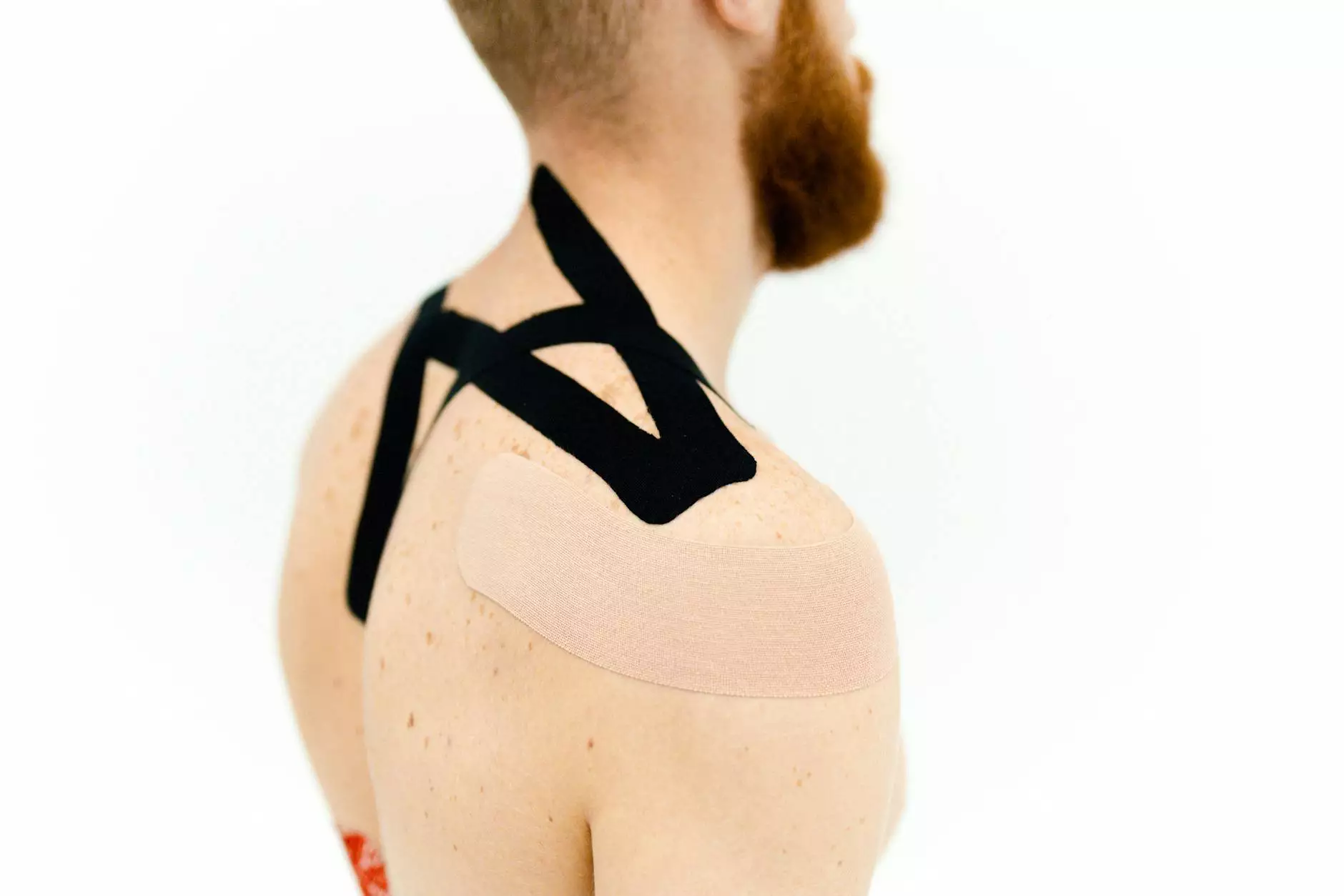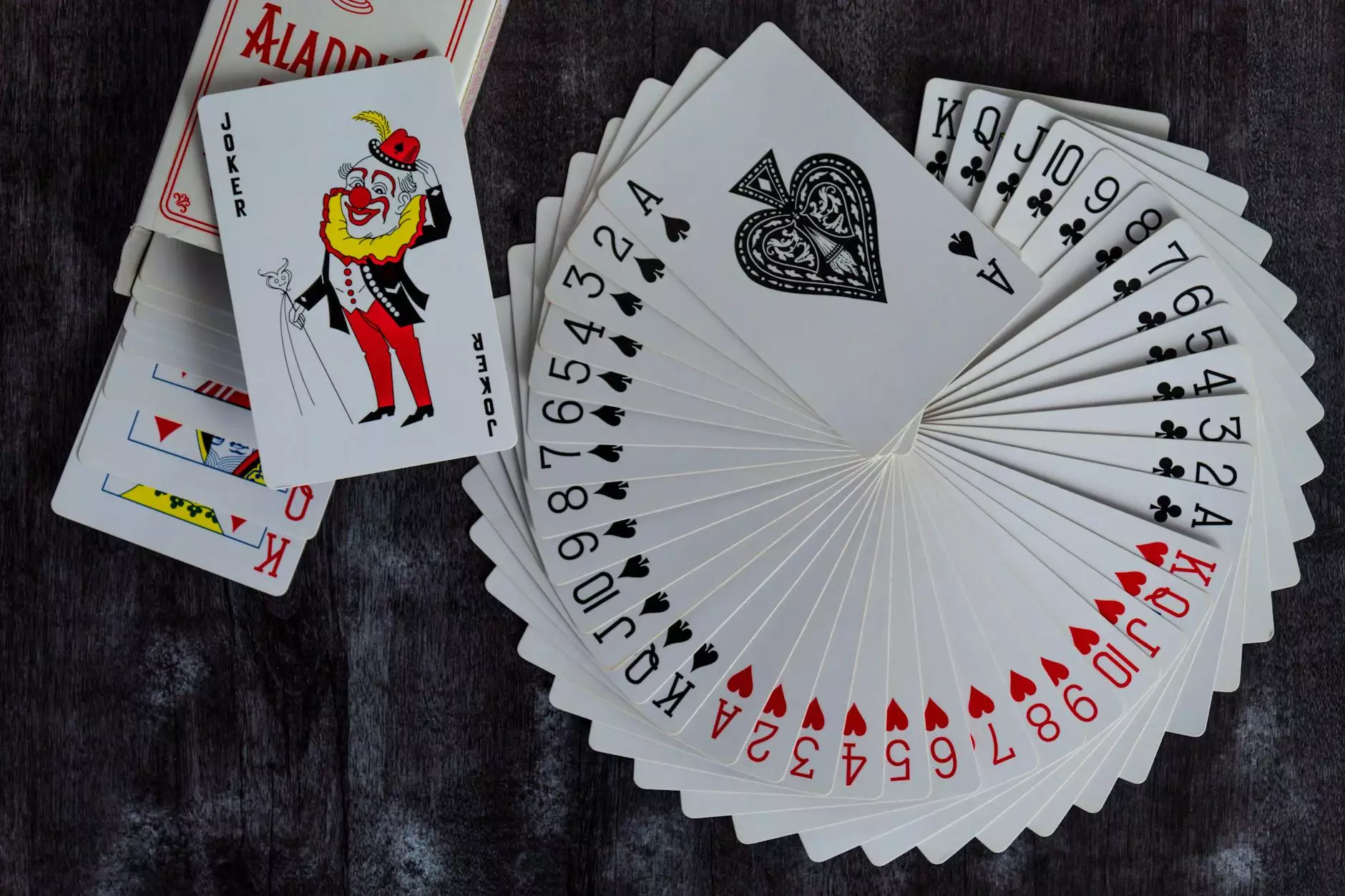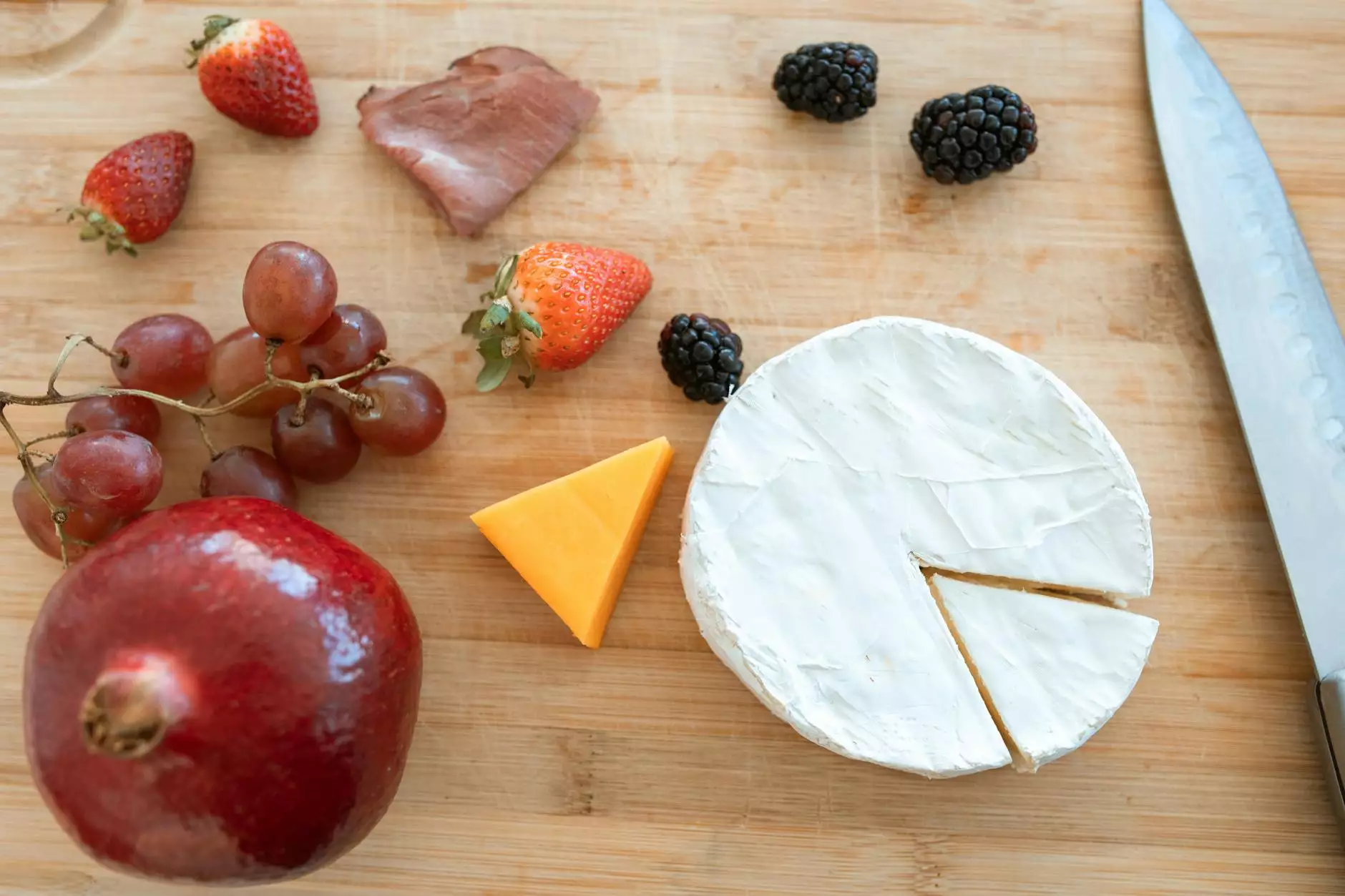Understanding Door Lock Mechanisms: A Deep Dive

When it comes to securing our homes and businesses, few things are as fundamental as the door lock mechanism. These ingenious devices are designed not only to protect our valuables but also to provide peace of mind. In this article, we will explore the intricacies of door lock mechanisms, the various types available, their functions, and how to select the best locks for your security needs.
The Importance of Door Lock Mechanisms
In today's world, where security threats are ever-present, understanding the role of a door lock mechanism is crucial. These mechanisms serve multiple purposes:
- Protection: The primary role of door locks is to safeguard against unauthorized access.
- Privacy: Locks provide a sense of security and privacy for your personal space.
- Access Control: Locks can regulate who enters and exits a facility.
- Insurance Benefits: A good lock can potentially lower your insurance premiums by reducing the risk of theft.
Types of Door Lock Mechanisms
Door lock mechanisms come in various types, each suited to specific needs and applications. Here’s a comprehensive look at the most common types:
1. Deadbolts
Deadbolts are among the most secure lock options available. They consist of a single-mounted bolt that extends into the door frame, providing an added layer of security. Deadbolts can be:
- Single Cylinder Deadbolt: Operated with a key on the outside and a thumb turn on the inside.
- Double Cylinder Deadbolt: Requires a key for both sides, providing extra security but can be a fire hazard.
2. Knob Locks
Knob locks are often used on interior doors, but they are not the best choice for external doors due to their vulnerability. They are easy to operate and come in various designs, making them a popular choice for homeowners.
3. Lever Handle Locks
Lever handle locks use a lever instead of a knob for operation. These locks are commonly found in commercial buildings due to their ease of use, especially for individuals with disabilities.
4. Electronic Locks
Electronic locks have gained popularity in recent years due to their convenience and tech-savvy appeal. They can be operated via keypads, smartphones, or even biometrics, catering to a tech-oriented market. Here are some popular sub-types:
- Keypad Locks: Require a code to unlock.
- Smart Locks: Allow access via smartphone apps.
- Biometric Locks: Use fingerprints or facial recognition for entry.
5. Mortise Locks
Mortise locks are often found in commercial settings and upscale residential doors. They offer superior security as they are installed directly into the door, making them more challenging to break than surface-mounted locks.
How Door Lock Mechanisms Work
The operation of a door lock mechanism is based on a series of mechanical components that work together to secure your door. Understanding how these components interact can help demystify the functionality of locks:
The Key
At its core, the key serves as the primary tool for engaging the lock mechanism. A well-cut key aligns the internal pins within the lock cylinder, allowing the bolt to move and unlock the door.
The Cylinder
The cylinder is the heart of most lock mechanisms. It houses the pins that correspond to the cuts on the key. When the correct key is inserted, the pins align flush with the shear line, enabling the cylinder to rotate.
The Bolt
The bolt is the part of the lock that physically engages with the door frame. It can either shoot out (as in a deadbolt) or retract into the door (as in a knob lock), providing security against forced entry.
Choosing the Right Door Lock Mechanism
Selecting the most suitable door lock mechanism requires consideration of several factors, including security, convenience, and personal preference.
Assess Your Security Needs
Evaluate the level of security required based on the location and purpose of the door. For external doors, invest in high-security locks, such as deadbolts or electronic locks, to deter break-ins.
Consider the Door Material
Different materials may require specific types of locks. For instance, a wooden door may accommodate a deadbolt, while a metal door may need a mortise lock for optimal performance.
Evaluate Ease of Use
If accessibility is important, opt for lever handle locks or electronic locks with keypad access to make entry easier for everyone.
Maintenance of Door Lock Mechanisms
To ensure your door lock mechanism operates smoothly and lasts for years, regular maintenance is essential. Here are some tips:
- Lubrication: Use graphite powder or silicone spray in the keyway to prevent the mechanism from jamming.
- Cleaning: Regularly clean the keyhole and surrounding area to prevent dirt accumulation.
- Inspection: Periodically check locks for signs of wear and tear and replace them if necessary.
Conclusion
Understanding door lock mechanisms is fundamental for anyone looking to enhance their security measures. From traditional deadbolts to advanced electronic locks, each type of mechanism has its unique benefits and applications. As you consider your security needs, remember that the right door lock can provide peace of mind while ensuring your property is protected.
For those seeking quality locks and expert advice, Kaukaban.com offers a wide selection of door lock mechanisms suited to any requirement. Explore our range today and secure your spaces effectively!









